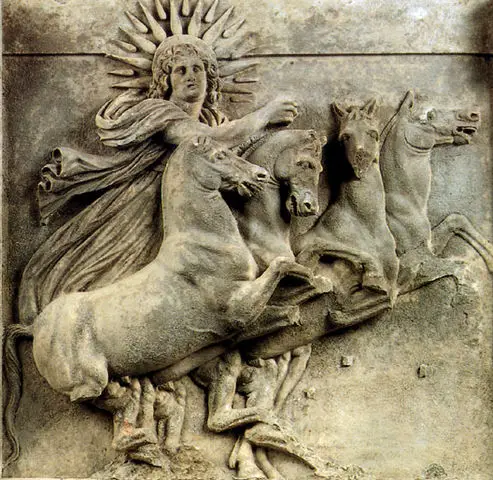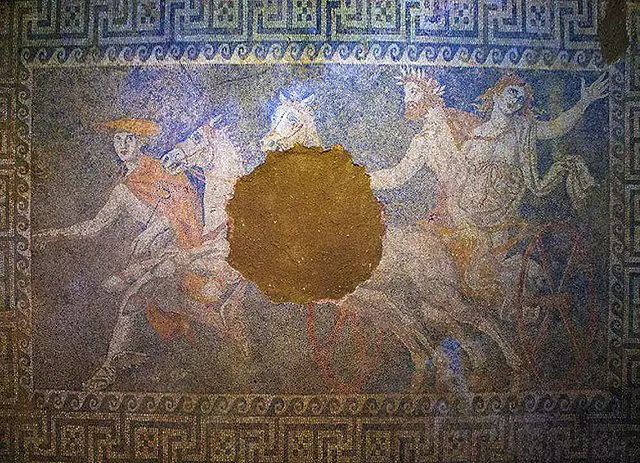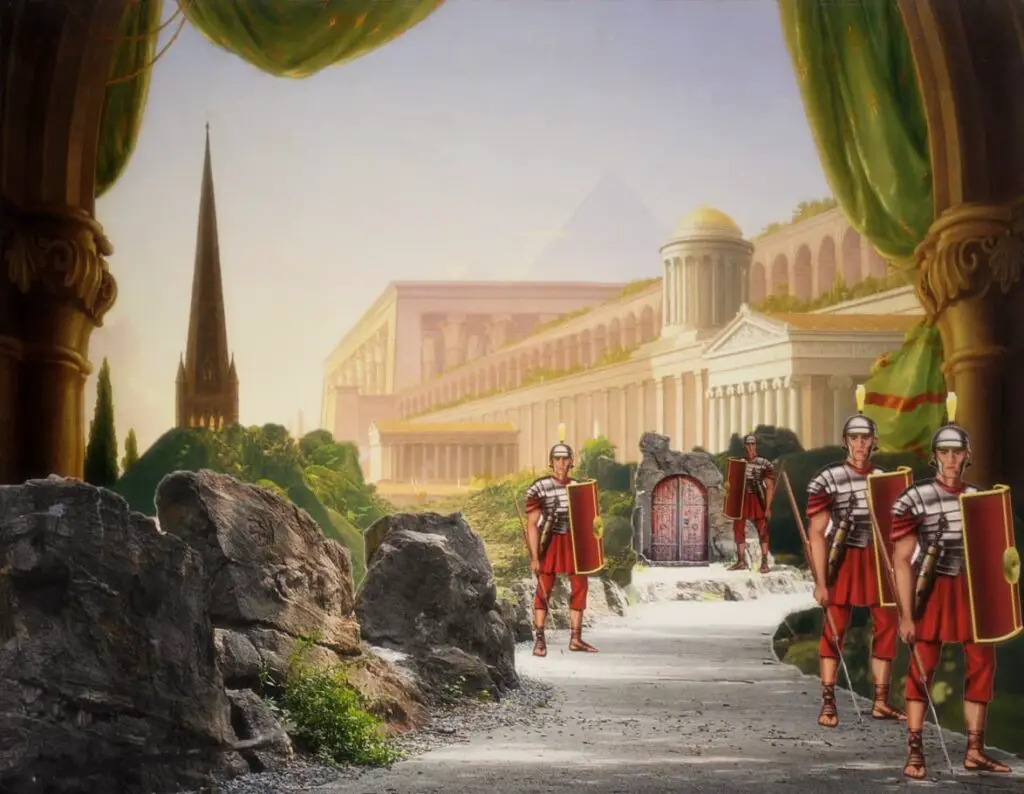
When it comes to Roman roads many people have trouble understanding just how complex they were. At its peak, the Roman Empire created over 50,000 miles of roads that varied in complexity. Of these roads, there were 3 types that ranged from smooth stone to dirt. Here is everything you will need to know about how smooth Roman roads were.
Generally speaking, there were 3 types of Roman roads. First, the most smooth Roman road was the viae publicae (public roads) made of tightly packed smooth stones. Second, was the viae privatae (country roads) that were made with gravel and stone. Third, was the viae vicinales (village roads) that were often just dirt.
These 3 types of Roman roads each had their own texture and use assigned to them. The most common road you would see in the Roman Empire was the intricate viae privatae road which connected the countryside. On the other hand, the viae publicae was the most prestigious road that would only be seen in large towns or ports. This article goes over everything you will ever want to know about the use and texture of each of these 3 roads.
Here at The History Ace I strive to publish the best history articles on the internet. If at the end of this article you enjoyed it then consider subscribing to the free newsletter and sharing it around the web.
Without further ado, here is just how smooth the roman roads were.
Roman Road 1: The Smoothness of the Viae Publicae Road System
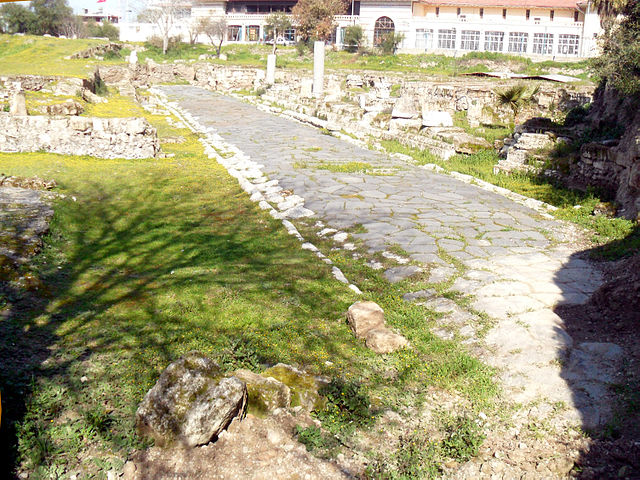
When people think of Roman roads they are often thinking about the most complex and prestigious road system used by Rome; the via publicae or ‘public way/road.’
The via publicae road system was only installed in densely populated areas such as cities or ports. Large Roman cities such as Rome and Constantinople would have had several hundred miles of these roads stretching all around them.
The reason why only the large cities and ports would have had these roads was because of the daily traffic on them. It was understood by the Romans that ports, large cities, and even large military camps would have massive amounts of people, animals, and carts moving around them.
The via publicae road system was extremely smooth and flat. This road was made up of stones of obsidian and lava that were cut to fit nearly perfectly together. The center of the road would have been lifted as well. This created a waterproof road that was extremely slick and allowed water to run off the sides into the gutters.
These extremely smooth stone roads would have only been installed in locations where the Empire needed constant traffic movement. People, carts, and animals could move faster on these roads without stopping or breaking down. Further, because the smooth stones were so densely packed together the road behaved the same during the winter freezing months which allowed cities to continue to operate.
This first type of Roman road was extremely smooth and would have resembled a road that you might drive on today. However, there are 2 other types of Roman roads that you might have encountered as well.
Roman Road 2: How Smooth Was the Viae Privatae Road System?
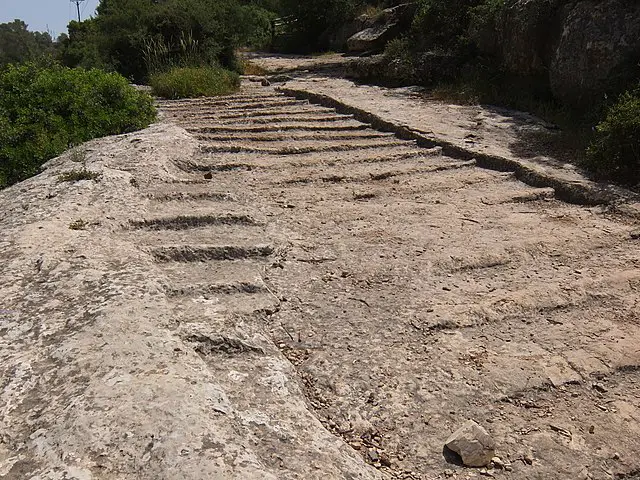
The second road system was the viae privatae or private/country-owned roads. These roads were unique in the fact that they were built by private people and overtime fell into the ownership of the Roman Empire.
These roads were often built to connect towns and cities around the countryside. A private Roman citizen would invest in building a road that they owned. This allowed them to collect tolls or help with the logistics of a merchant business.
After the road owner died the ownership of the road would fall to their next of kin who was now responsible for maintaining the road. However, if there was no next of kin then the road would become a possession of the state. This was when the road transferred into the viae privatae system.
These roads were typically made of dirt or course stone. They were not as smooth as the more formal public roads that were in the cities and ports. However, on occasion one of the viae privatae roads would have been cut into a mountain’s stone and as such would have been extremely smooth. However, this was rare and generally these roads were made of course stone and gravel.
Often however when the Roman Empire took ownership of these roads there might be a refurbishment to the road itself. This normally only took place if the road was going to see a large increase in traffic over time such as a new port being opened along its route. Then this road would become just as smooth as the stone public roads in the cities. However, this was the exception rather than the norm.
These viae privatae can be thought of as country roads that have fallen into the property of the state. Today it would be similar to an old private road that nobody maintains anymore being taken over by the state and improved upon.
Roman Road 3: The Not-So-Smooth Viae Vicinales Road System
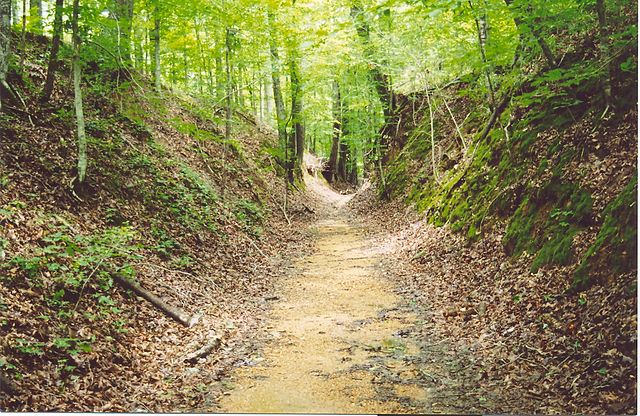
The third type of road that was used in the Roman Empire was the viae vicinales or village/local roads. These roads were often simply dirt trails that connected different neighborhoods or villages.
These roads were often centuries old and were ‘maintained’ by locals who surrounded the road. Often they were in no way maintained by the Roman Empire until the road saw significant growth in foot traffic. These types of roads were more common during the time of the Roman Republic and less so during the Empire.
So just how smooth were these roads? Well about as smooth as a dirt road through the countryside could be. Further, since the locals had to maintain the road this often meant that there were almost no funds to go towards keeping the road properly maintained.
If you were traveling down this type of road during the Roman Empire then chances are you would be walking on just a dirt trail. Trees, rocks, and other natural obstructions would be covering the trail and would require you to step over them to avoid tripping.
Simply put, if you were walking on this road you would be hiking instead of walking. They were not smooth.
Conclusion
There you have it; just how smooth all the roads in the Roman Empire would have been.
If you lived in a large city or port then chances are all you would ever see would be smooth stone roads. This was because these areas had the funds to maintain these expensive roads to ensure that people and goods could travel without slowing down.
Here at The History Ace, I strive to publish the best history articles on the internet. If you enjoyed this article then consider subscribing to the free newsletter and sharing it around the web.
Further, you can check out some of the other articles below.
-
How Smooth Were Roman Roads: The 3 Types of Roads
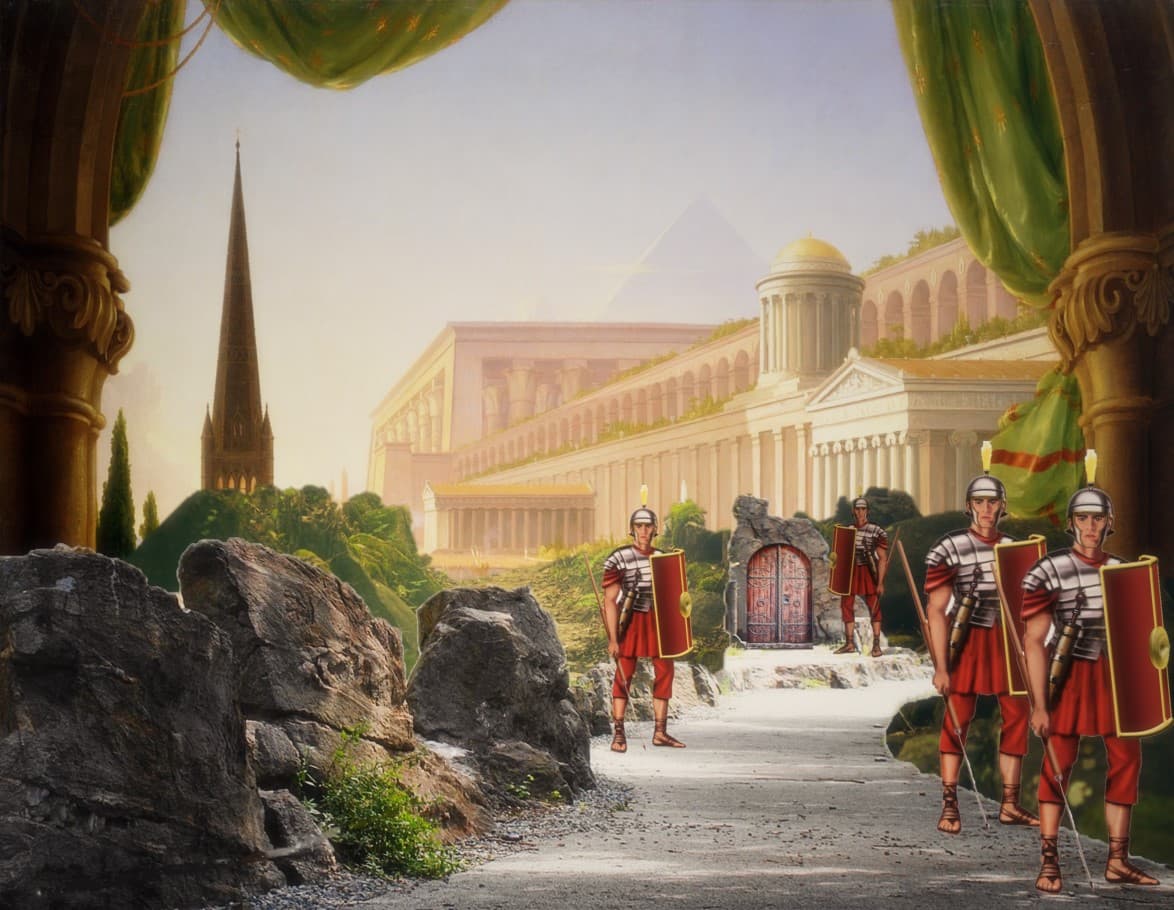
Just how smooth were Roman road? Well there are 3 types of Roman roads each with their own smoothness associated with them.

